Three days, seven things to do in Seville, Spain
At the end of four wonderful days in romantic Valencia, we wished we could stay longer. But our spirits brightened with anticipation of the second destination of our 12-day Spain itinerary — Seville. I expected that it would be a very seductive city exuding old world Spanish charm and full of beautiful sights. Of course, my expectations were clearly met during our stay. We found that three days was a good amount of time to see important landmarks, explore the old city center, enjoy tapas and wine, and get a feeling for the city’s passionate side. Here are some highlights from our trip and recommendations for things to do in Seville.
History, architecture, and passion of Seville
7 places to visit
UNESCO treasures — Seville Cathedral and Real Alcázar
“Together these three buildings form a remarkable monumental complex in the heart of Seville. The cathedral and the Alcázar – dating from the Reconquest of 1248 to the 16th century and imbued with Moorish influences – are an exceptional testimony to the civilization of the Almohads as well as that of Christian Andalusia. The Giralda minaret is the masterpiece of Almohad architecture. It stands next to the cathedral with its five naves; the largest Gothic building in Europe, it houses the tomb of Christopher Columbus. The ancient Lonja, which became the Archivo de Indias, contains valuable documents from the archives of the colonies in the Americas.” — UNESCO World Heritage Convention
Seville Cathedral
The Cathedral of Saint Mary of the See, commonly known as Seville Cathedral, is the largest Gothic church in the world, built in the 16th century on the site of the former mosque. It is renowned for its very ornate interior, exquisite art, chapels, and tombs, including that of Christopher Columbus (shown below).
The stunning 104-meter bell tower, La Giralda, is a distinctive landmark seen from many vantage points as you tour the city.
The cathedral’s 104-meter high bell tower, La Giralda, can be climbed by a sloping walkway to get expansive views of the city. You can also get an up-close look of the bells as you ascend.
Real Alcázar Sevilla
The Alcázar is a must-see 11th century Moorish palace and fortress built to protect the city. A few notable areas of the complex include the Salón de Embajadores (Ambassador’s Hall, also known as the Throne Room), Casa de Contratación (House of Commerce) where trade dealings with the Americas were managed, and the Patio de las Doncellas (Courtyard of the Maidens — shown above). It’s interesting that the royal family still resides in the upper floors of the palace when they visit Seville.
Exquisite paintings, tapestries, tiles and furnishing are displayed throughout the rooms and galleries. Don’t miss the ceiling in the Salón de Embajadores where a star pattern made of 8000 cedar pieces represents the seven heavens of Islam.
The expansive gardens of the Alcázar feature ponds, towering palms, orange and other fruit trees, and exotic flora. There’s a nice cafe with outdoor seating in the gardens for relaxing and soaking up the ambiance.
Tickets tip: We purchased our tickets for Seville Cathedral at the cathedral’s ticket office in the morning and given a 4 pm scheduled entrance time for our self-guided tour and to climb the tower. Our Alcázar tickets were purchased online which is a more efficient option. There are several ways to purchase tickets online and skip the lines.
Palacio de las Dueñas
This 15th-century Palacio de las Dueñas belongs to the House of Alba. It contains many furnishings, works of art, and personal belongings of the beloved Duchess of Alba. In addition to the interior decor, art, and artifacts, there are lovely tranquil gardens and courtyards.
Tickets tip: We purchased our tickets for the self-guided tour at the ticket office in the morning, but there are other options for purchasing online. More information and to buy tickets: Palacio de las Dueñas
Plaza de España
Plaza de España is a famous square designed by Aníbal González for the Ibero-American Exposition of 1929 is located is in Parque de María Luisa. The square is often used for events and rowboats can be rented to sail along the small canal in the square.
Barrio Santa Cruz
The old Jewish quarter of Seville (once the location of the largest Jewish community in Spain), is perfect for those who like to wander. It’s easy to get lost in its maze of narrow lanes off of the main pedestrian paths like Calle Mateos Gago (shown below). The Seville Cathedral and the Alcázar are in the barrio as well as many shops and restaurants.
Metropol Parasol
Each day, we passed through the Plaza de la Encarnacion and under the Metropol Parasol (“The Mushrooms”), the largest wooden structure in the world. It was built in 2011 as a canopy for the redeveloped plaza below and the ancient ruins (in the museum in the basement of the structure) that were discovered during the project. It was fun (and a bit of exercise) to take the winding walkway up to the observation deck for panoramic views of Seville.
During the day, the lattice work provides shade and changing shadows. At night, the parasols are illuminated in various colors creating a cool ambiance.
Flamenco club
A cultural highlight for us was a performance of Spain’s famous Flamenco, the passionate and fiery dancing and musical art form that originated here in the Andalusia region of the country. Our hotel concierge recommended a popular Flamenco club, El Arenal, and made the reservations for us. Mr. TWS and I had a table directly in front of the stage giving us a special experience of the vibrations of the stage, the clicking of the castanets, and catching every emotional expressions of the dancers as they were encouraged by the accompanying musicians. Unfortunately, we were not allowed to take photos during the 1-1/2 hour performance, so try to picture the dancers and musicians in this photo taken from our vantage point.
Taking a break and next trip tip: Enjoy a walk and stop at a cafe or bar along the Guadalquivir River. We’ve heard that the Triana neighborhood across the river is a vibrant working-class district that is well worth a visit. Next time!
Restaurant tips: Our dining experiences in Seville were very nice and we enjoyed the food, service, and atmosphere in each of these places.
- El Rinconcillo at Calle Gerona, 40 — This is the oldest tapas bar in Seville (dates back to 1670) with a small outdoor seating area next to Santa Catalina church.
- Bache San Pedro at Plaza Cristo de Burgos, 23 — Make reservations here for modern chef-inspired Spanish fare in a small charming setting on Plaza Cristo de Burgos.
- Vineria San Telmo at Paseo de Catalina de Ribera— We enjoyed this lovely place (recommended by our concierge) for tapas and wine across from a large park and gardens (Jardines de Murillo) after visiting the Plaza de España (about a 15 minute walk).
- La Malvaloca at Plaza de la Encarnación, 20 — Although there were quite a few visitors like us at the restaurant, there were also many locals at this busy restaurant with large outdoor seating area near the Metropol Parasol.
PIN for later!

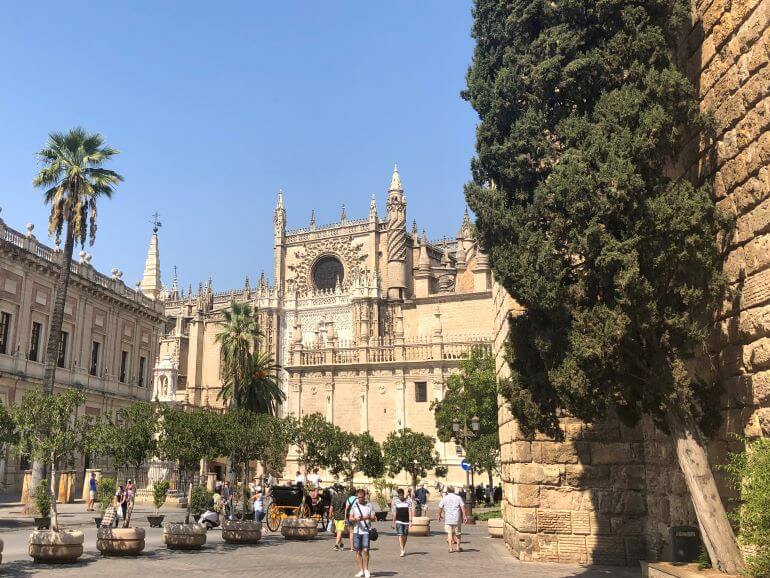
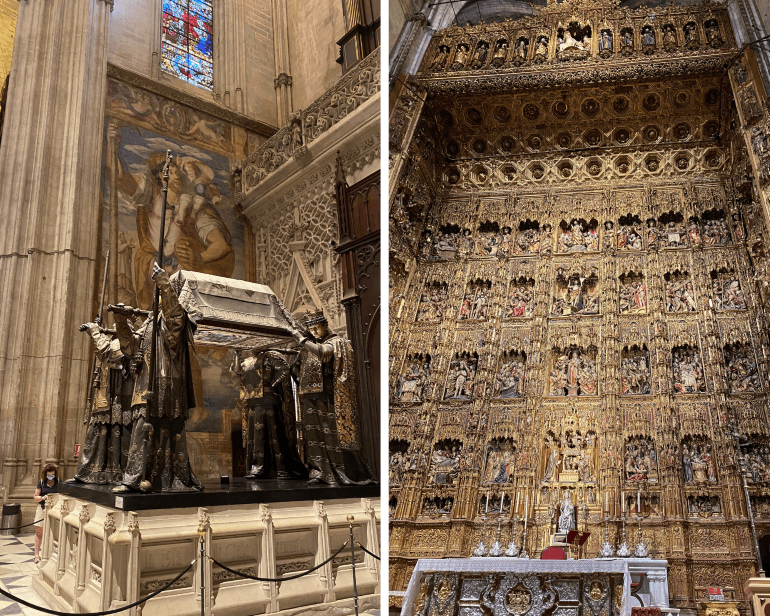
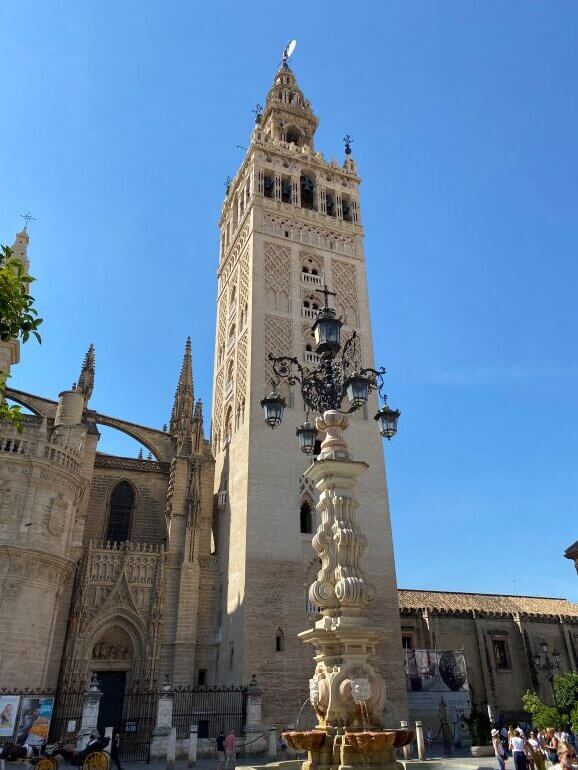
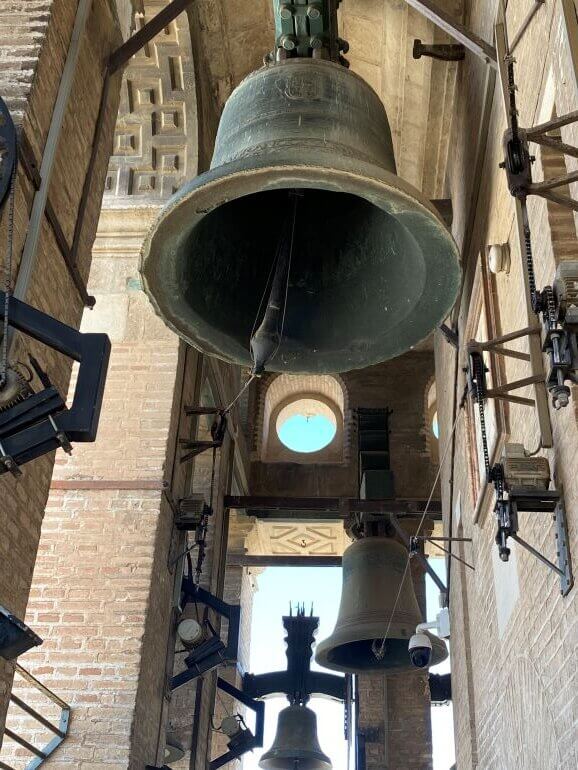

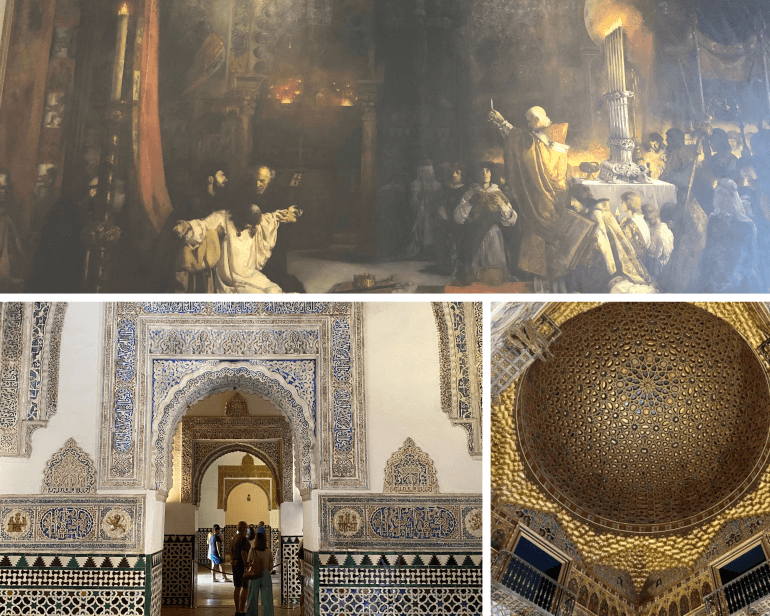

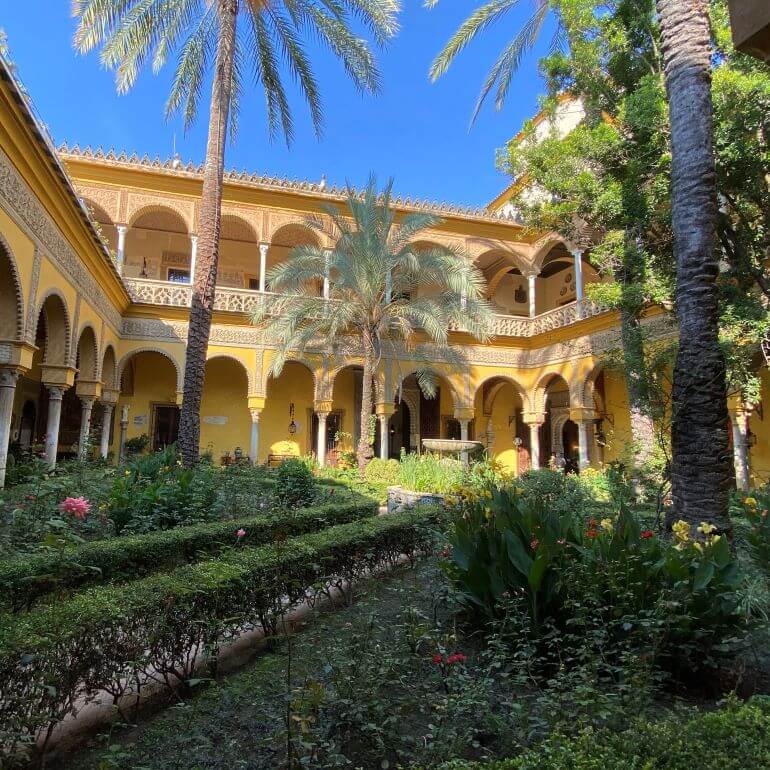
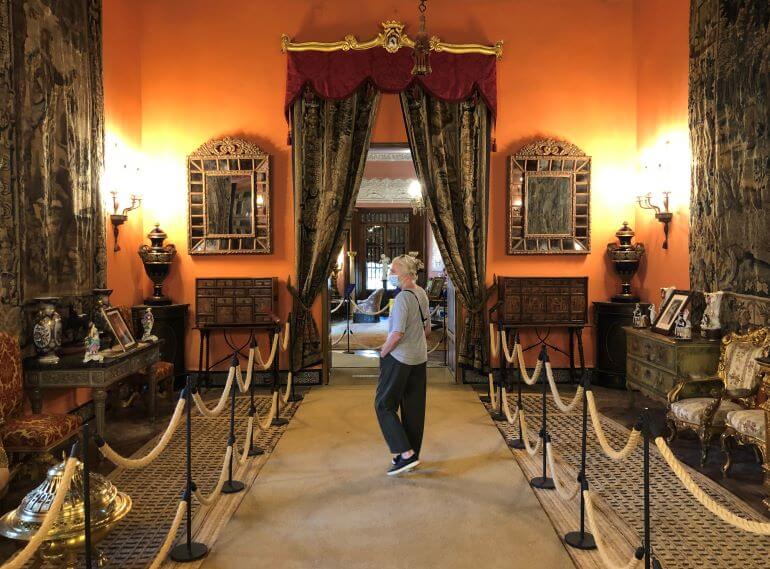
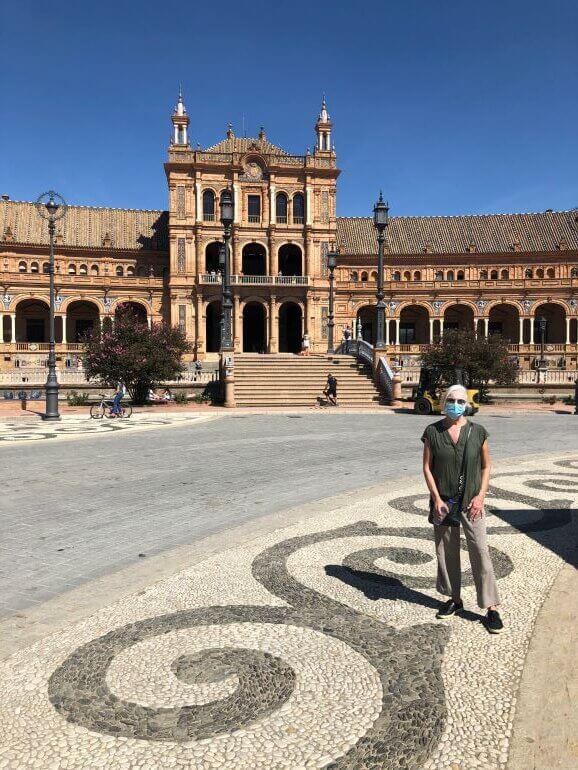
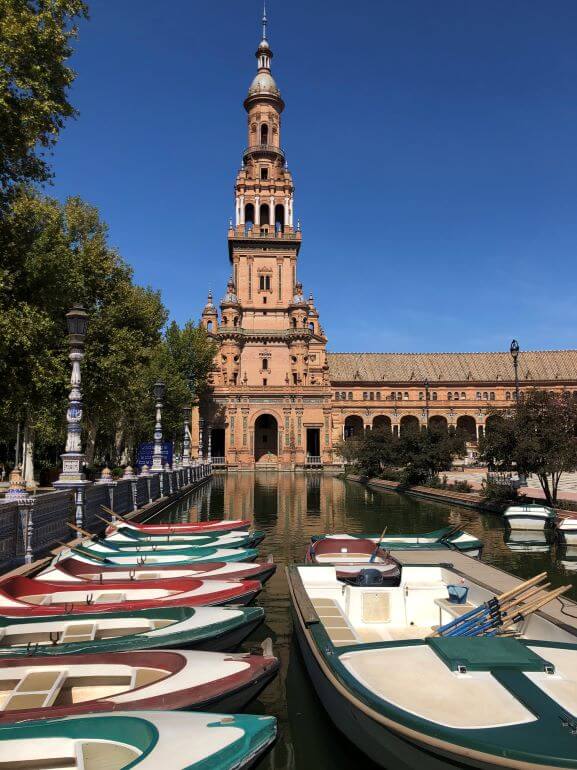
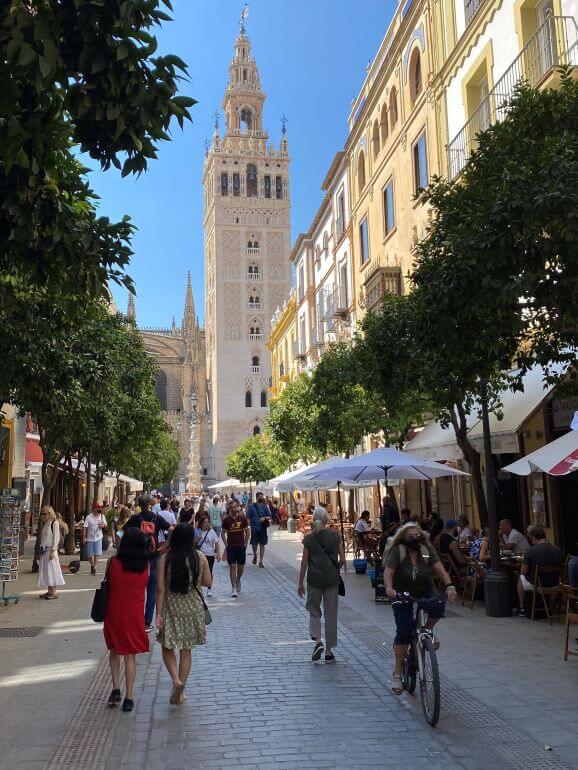
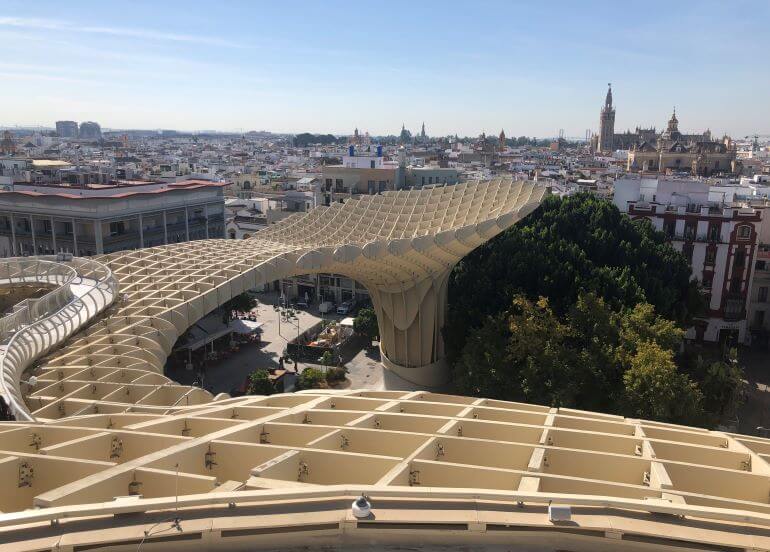
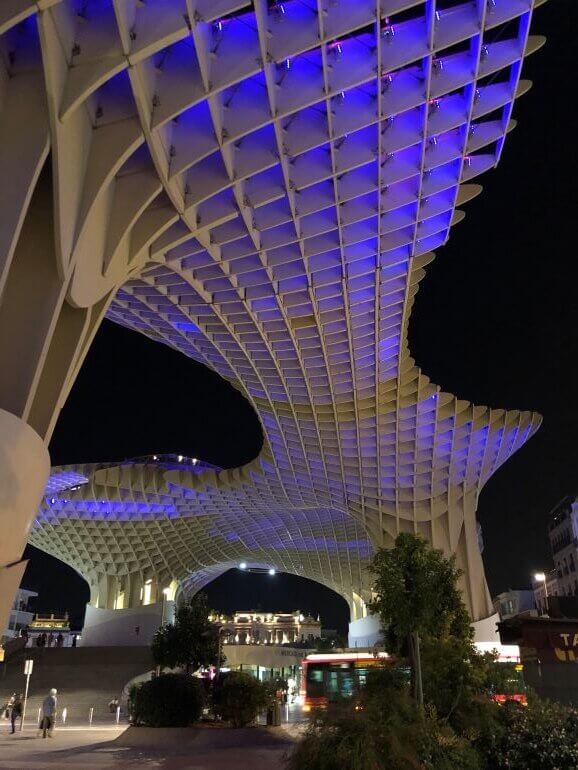



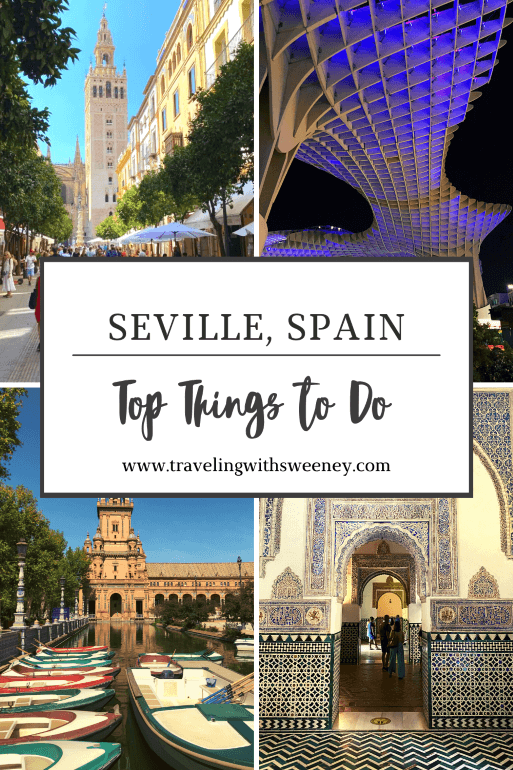
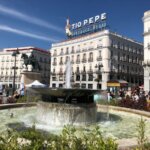
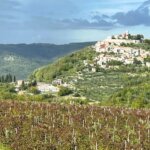
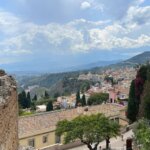
Our first ever trip together (before we were Mr. and Mrs. Excitement) was to Spain and our visit to Seville was one the highlights, partly because I unwittingly scheduled it to coincide with La Semana Santa—Easter Week when the statues are taken out of the churches and paraded through the streets. The trip was also memorable because I picked a guest house in the old Jewish Quarter, Doña Pepas. It looked charming from the outside, but felt like a haunted house inside and the sheets can only be described as slimey.
Hi, we r on a three day trip to Seville. The article was very informative for us to plan our trip. Thanks and adios